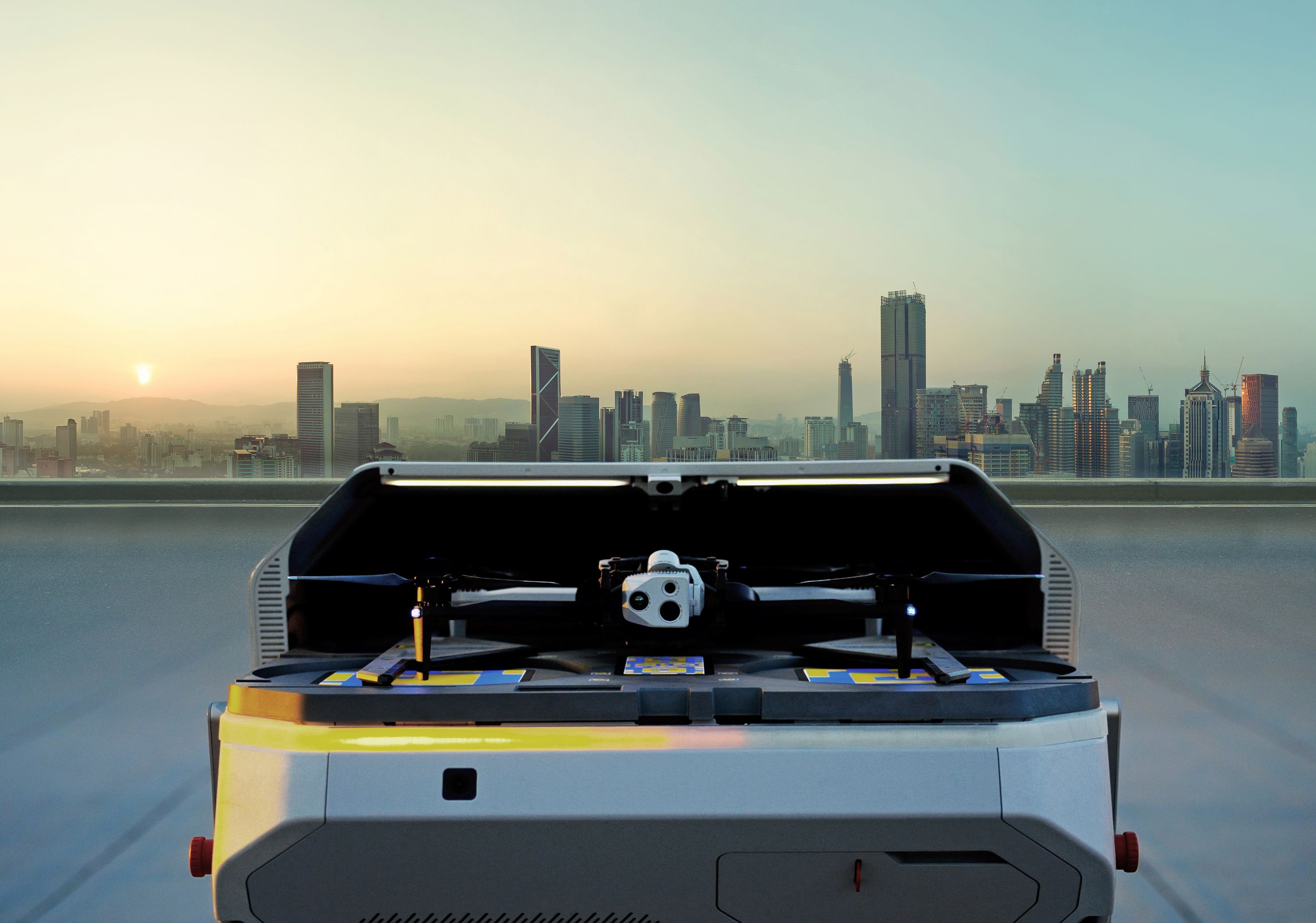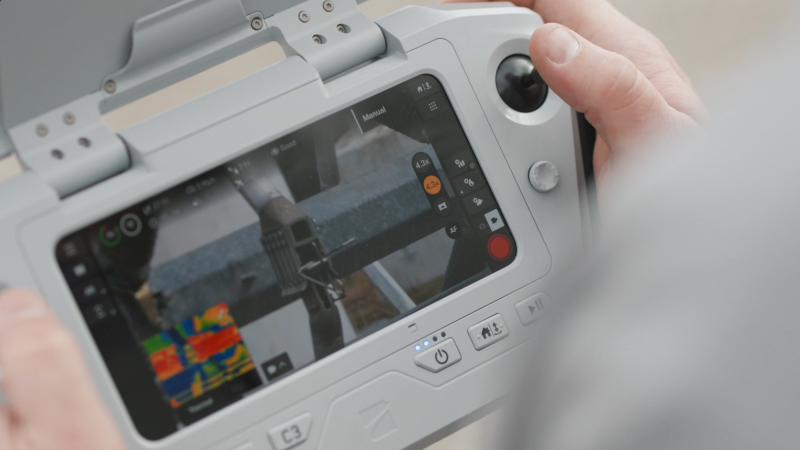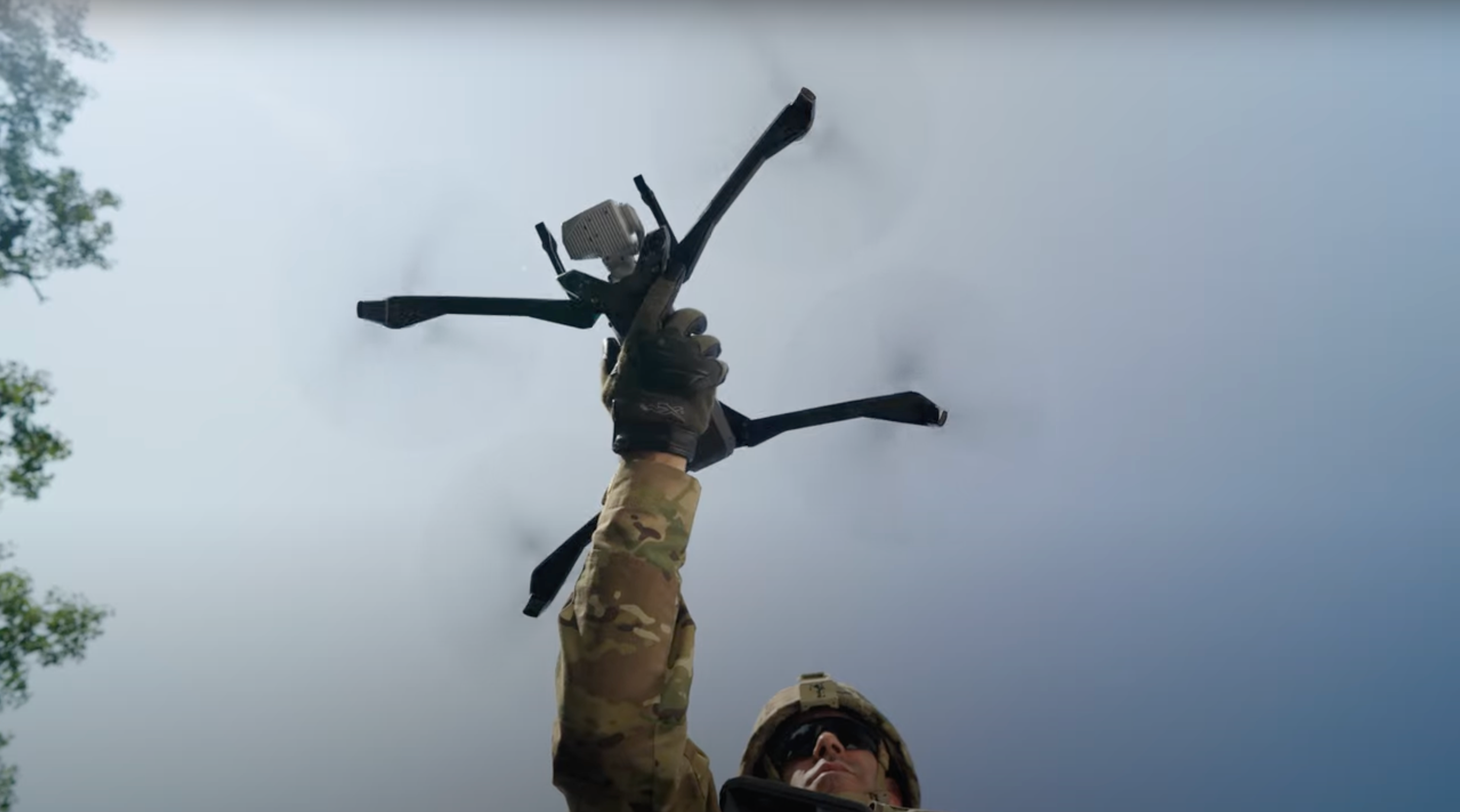Having our drones to act as a force multiplier for our officers to augment what we’re already doing at the patrol level, and to increase, as well as provide better actionable intelligence for our officers—it’s a phenomenal tool for us.
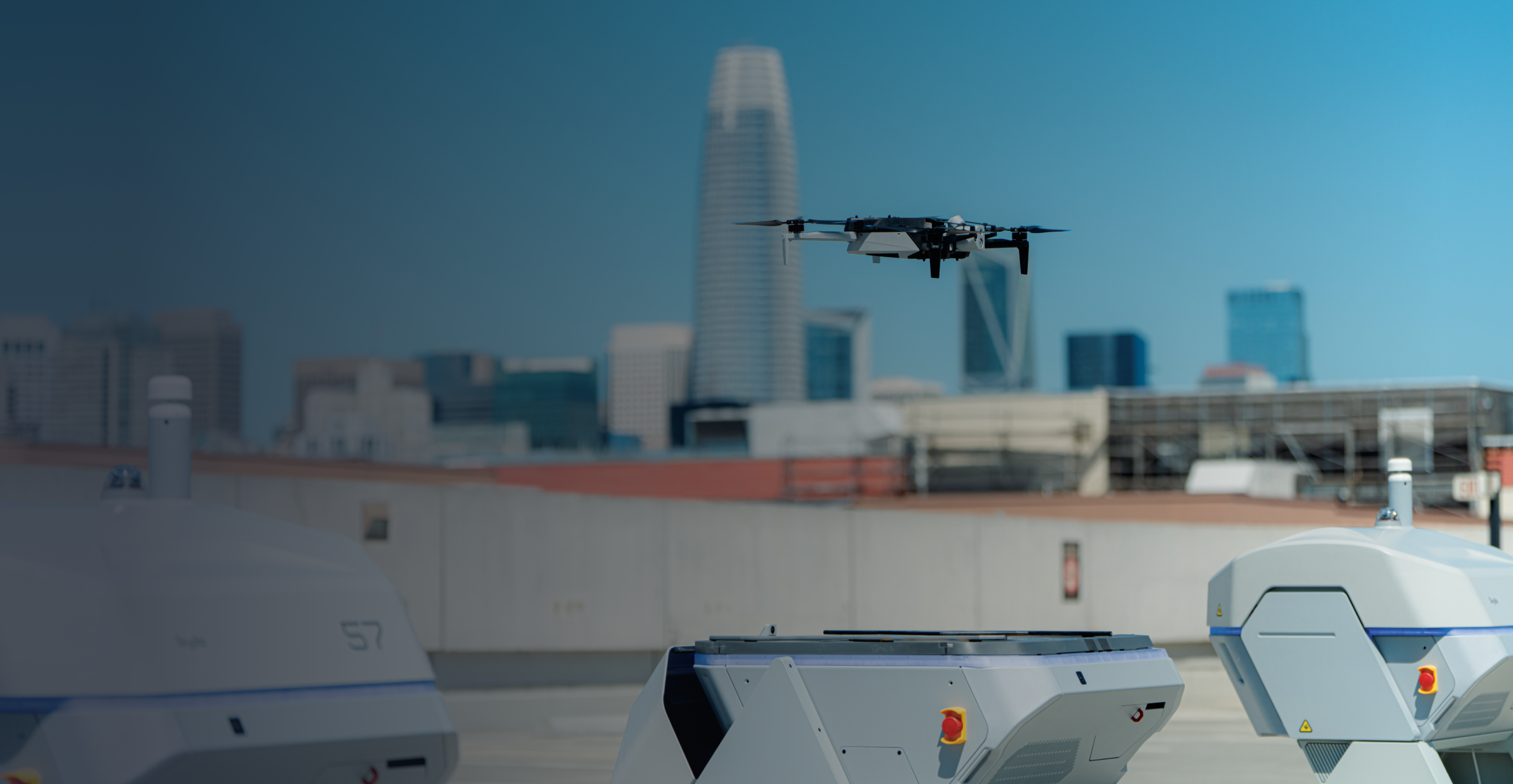
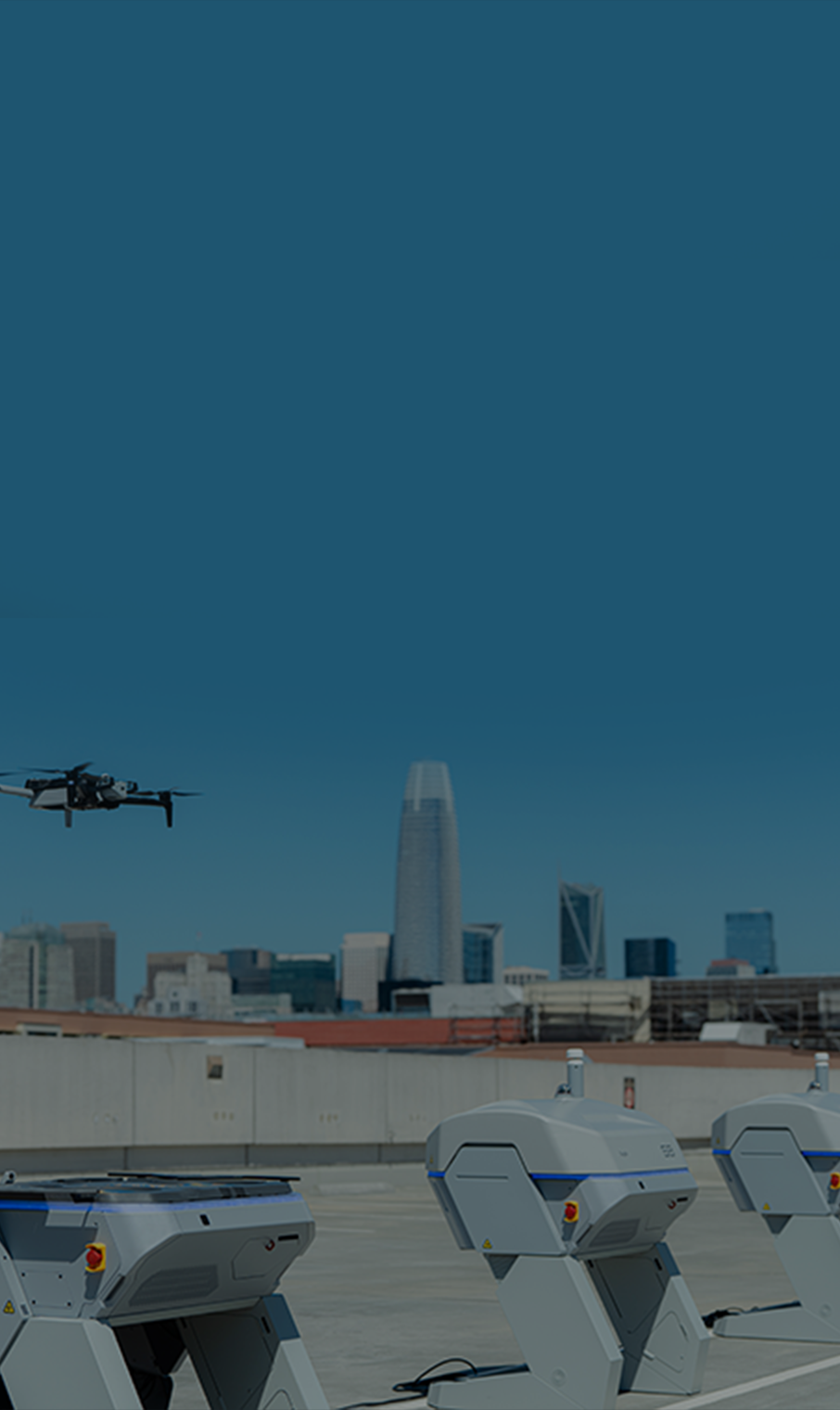


Key considerations for a Drone as First Responder program

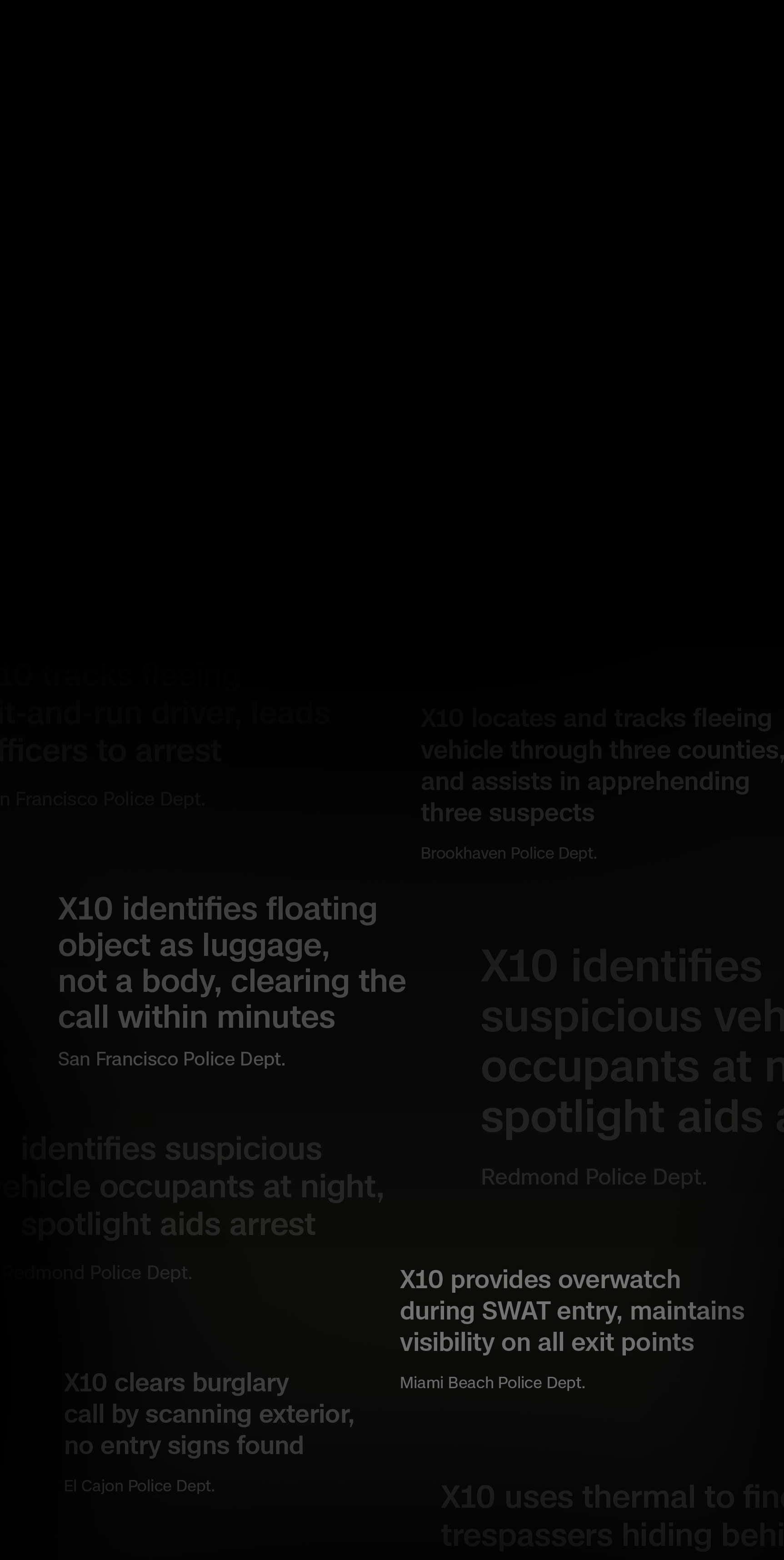
When contemplating a Drone as a First Responder (DFR) program, agencies must consider more than just drone and dock hardware. Software, services, integrations, manufacturer stability, and overall drone experience all directly impact program effectiveness, cost, reliability, and long-term scalability. Not all DFR technology providers are created equal, and decision-makers should ask the right questions to ensure they implement the most effective and sustainable solution for their community.
This guide walks through the key criteria and decisions agencies should consider as they explore starting a DFR program.
1
Principles of a scalable, effective DFR solution
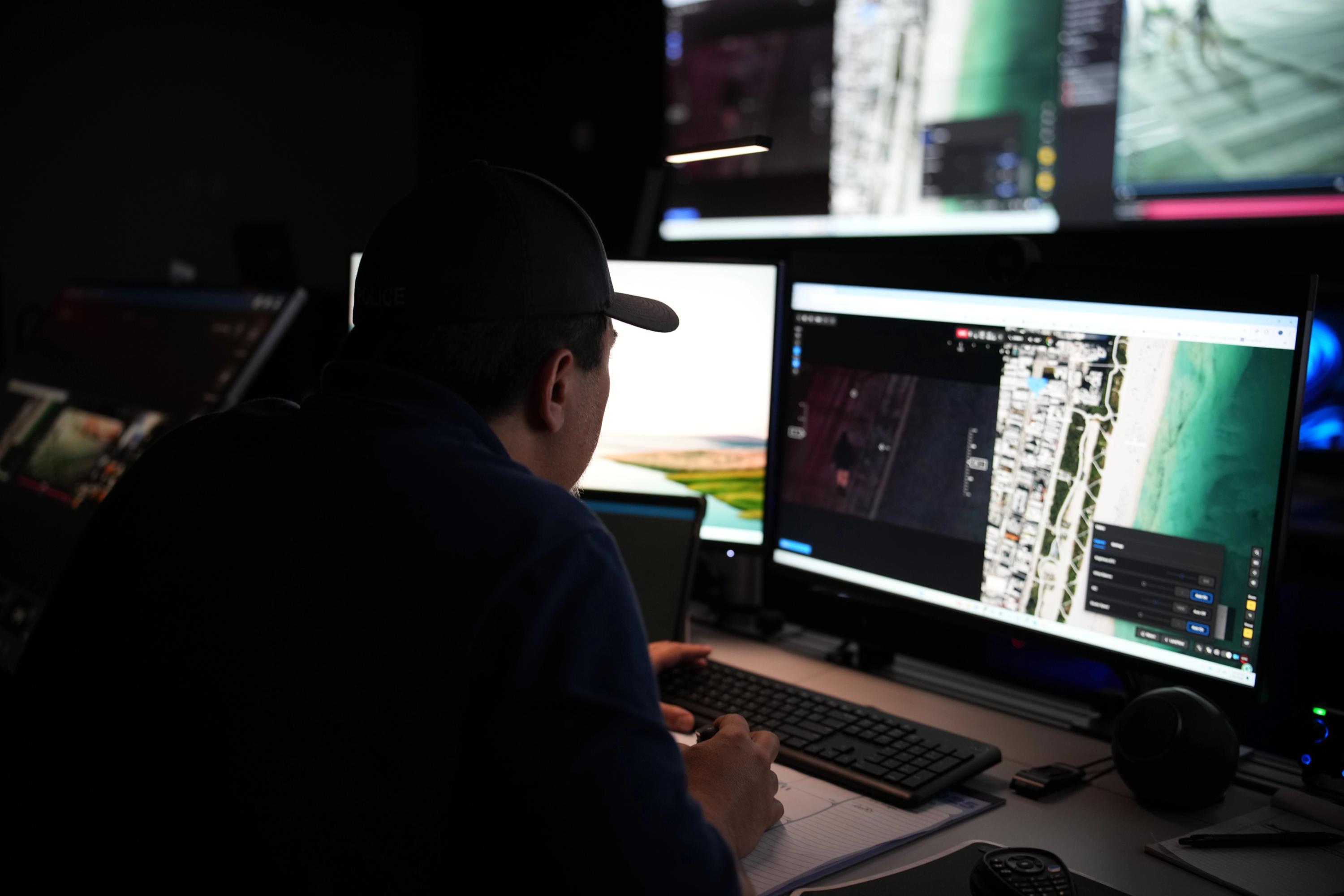
2
Critical questions to ask when evaluating a DFR solution


Making the right decision for your agency
Choosing the right DFR solution enables faster response times, better situational awareness, and safer outcomes for your officers and community. A data-driven, adaptive, and tactically focused approach ensures the success of your program from day one.
See how deployment would work in your jurisdiction
Run a customized DFR Simulation using your agency’s real call data.
